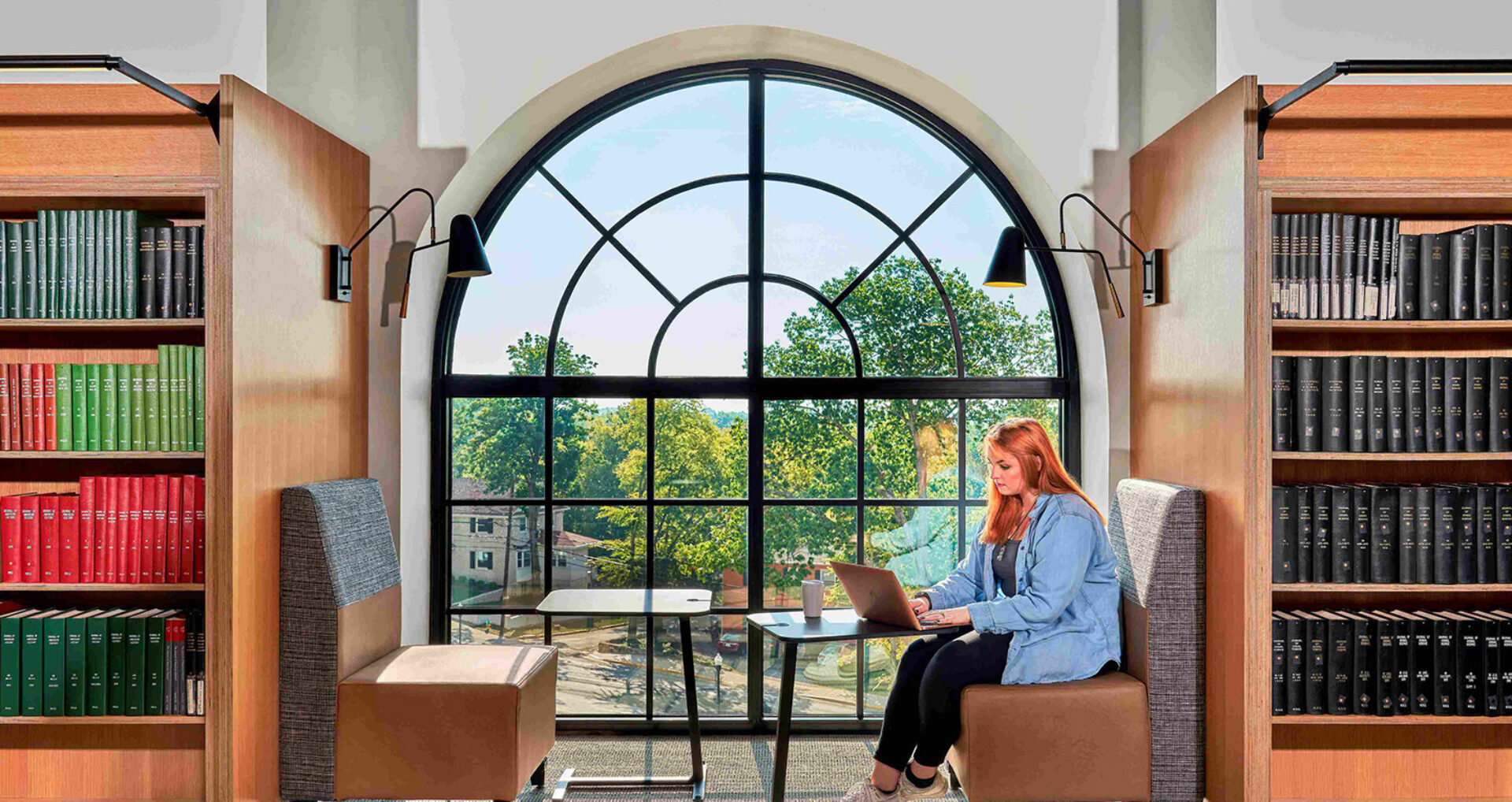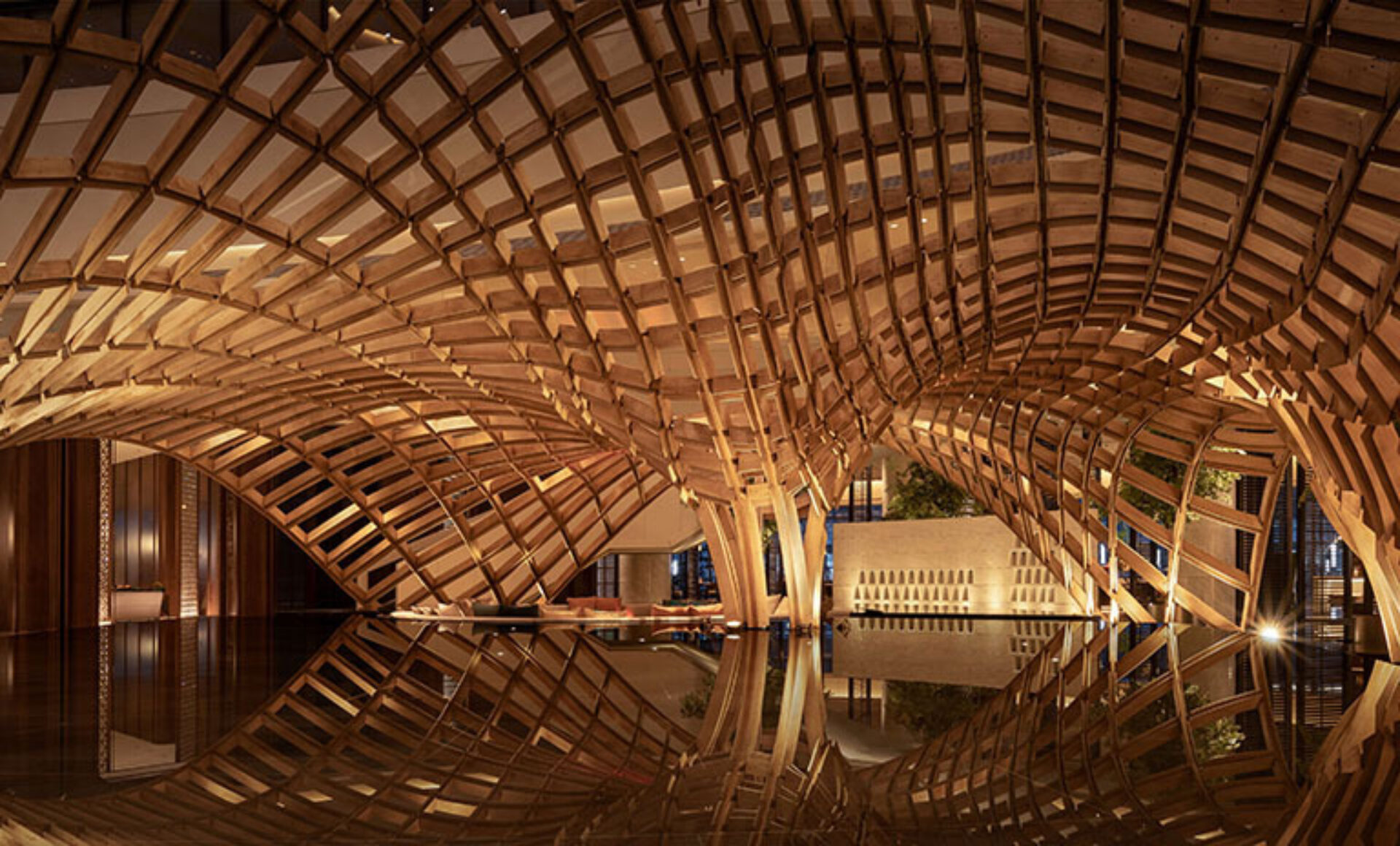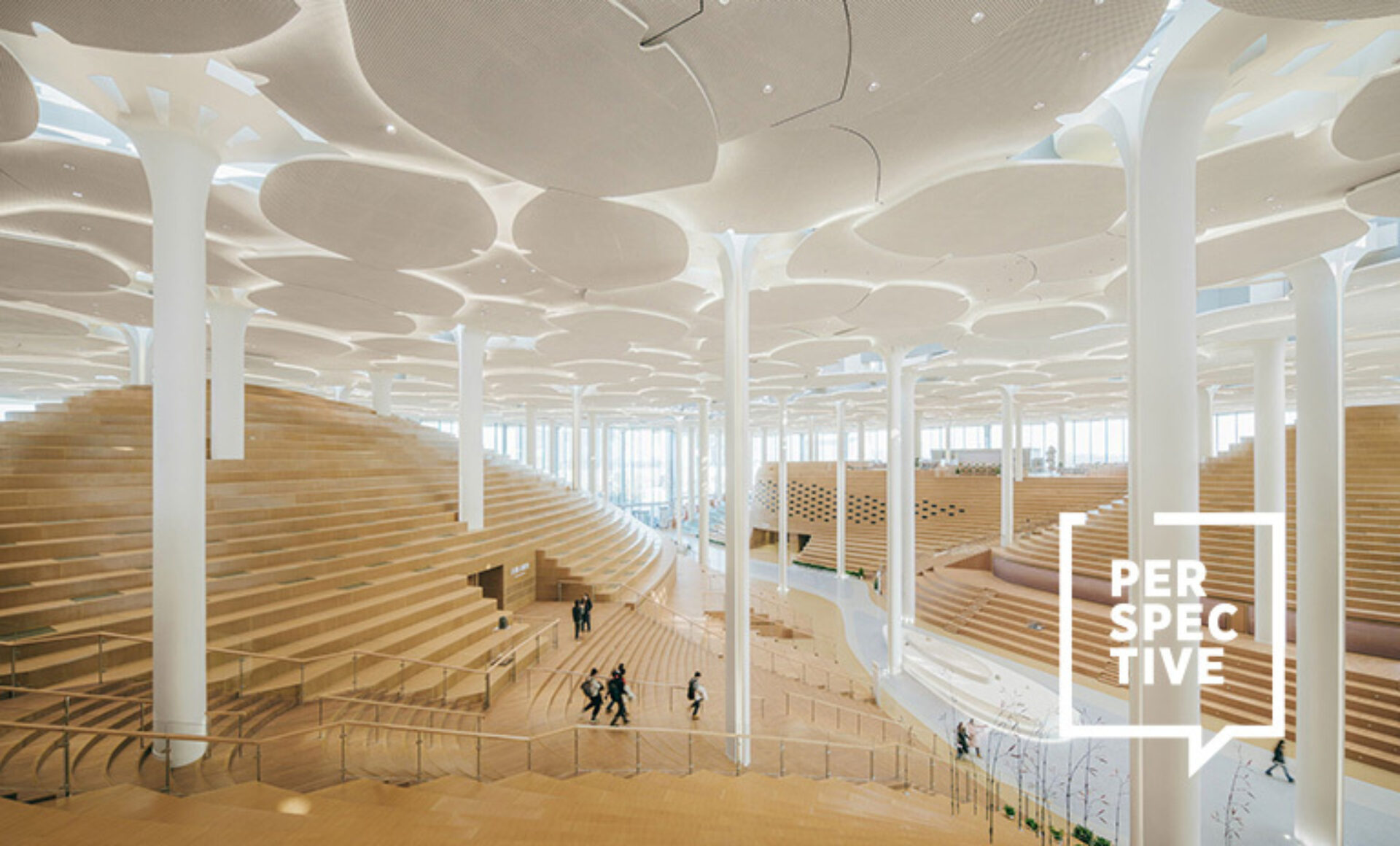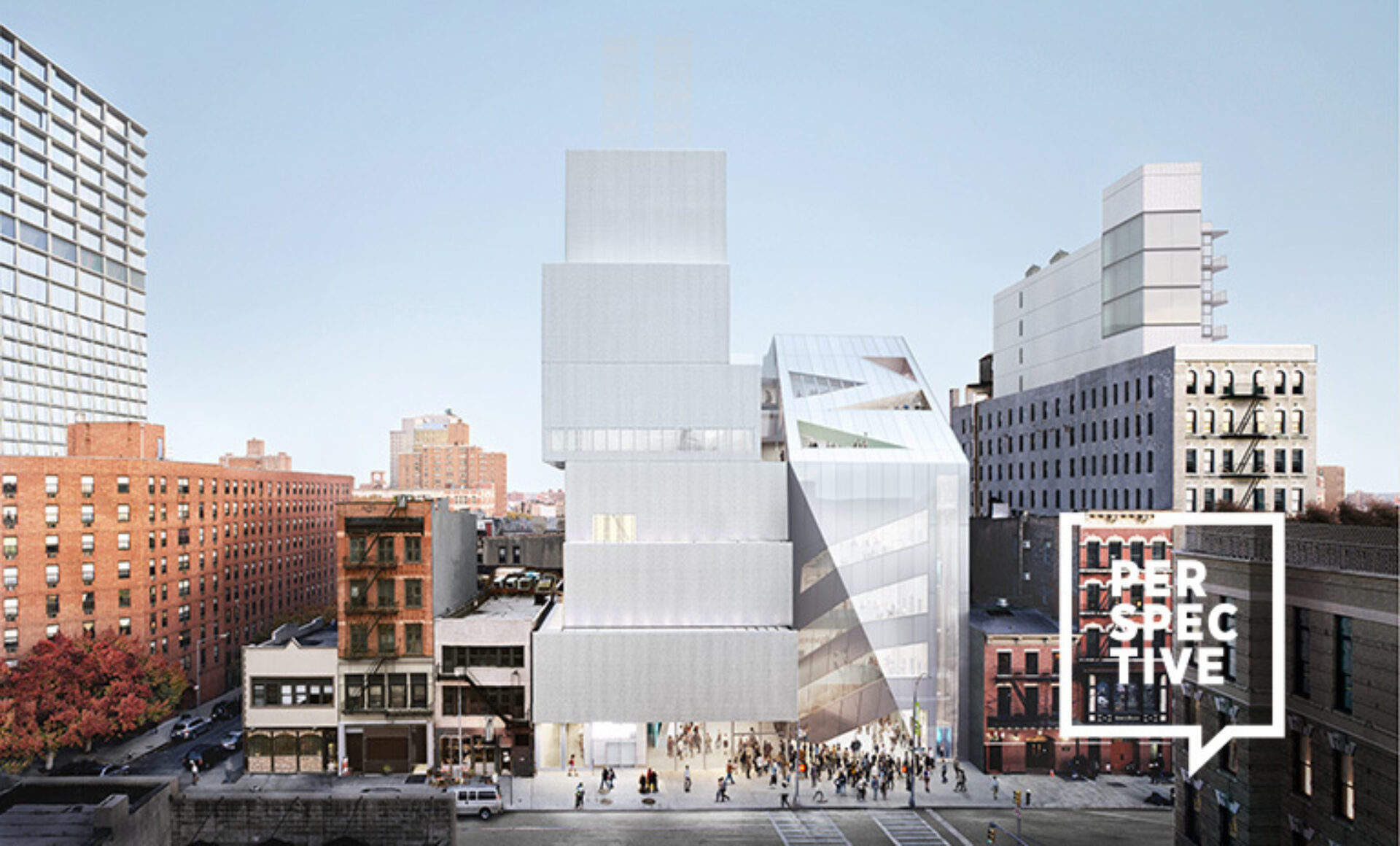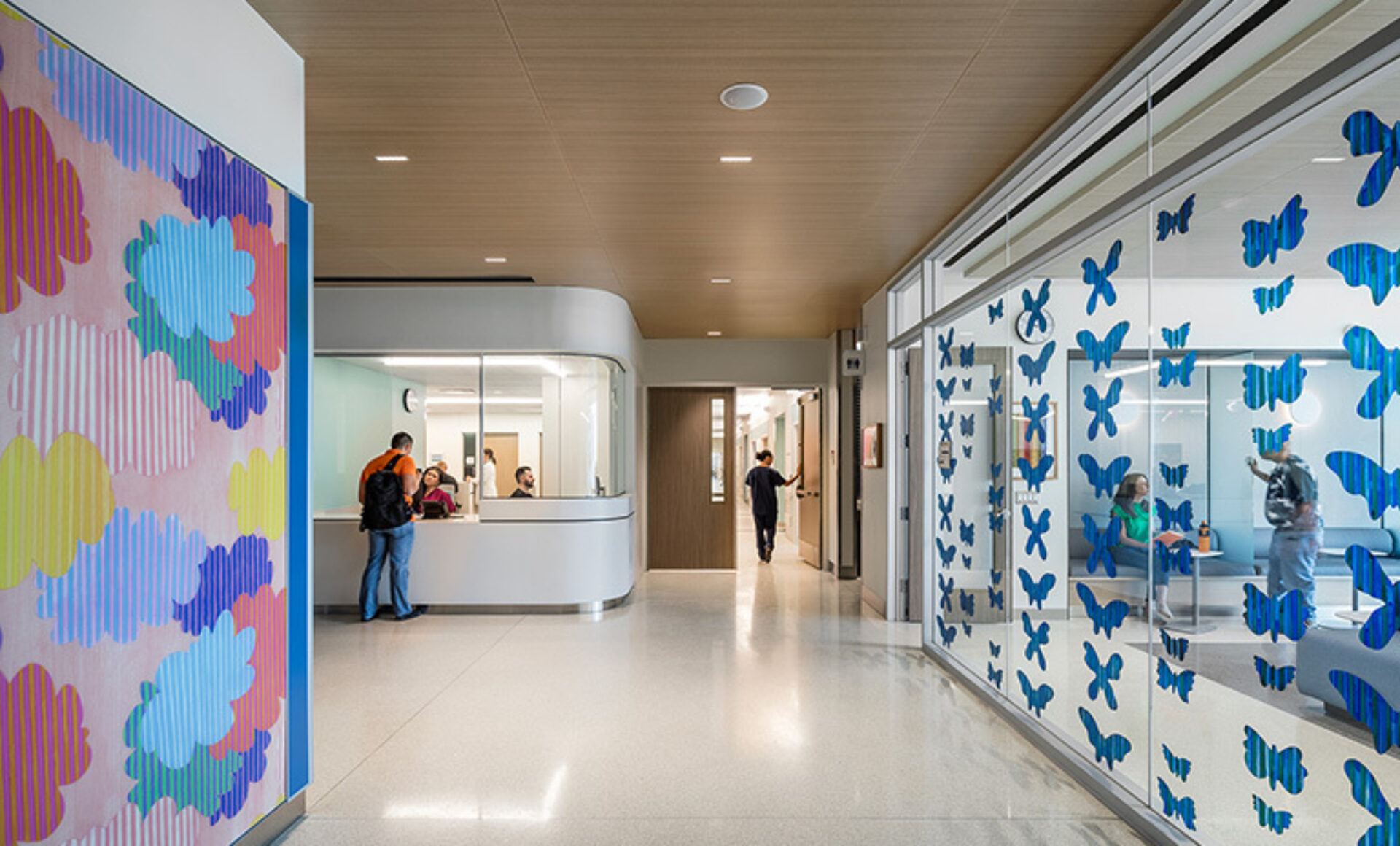(Above, Western Kentucky University Commons at Helm Library, photography by Nick McGinn)
If you’re lucky, you’ve had the joy of spending time in a library since you were young. Whether it was for story time, working on your summer reading list to get your personal pan pizza from Pizza Hut through BOOK IT! (Millennials know!), or as you got a little older, you might’ve used the library for research or meetings. Libraries have always been more than a place to find a book, and have long served as a “third place,” a community hub for gathering and providing public services — like handing out solar eclipse glasses.
Libraries are an essential public resource, and often a main hub for educational institutions, offering access to book collections, tools, and resources, as well as a place for students to gather, charge phones and laptops, and of course find a quiet space on a bustling campus. They also offer access to materials that students may not have the budget for on their own, from software and free Wi-Fi to textbooks and even ghost-hunting equipment (seriously). All of this to say — libraries play not only an important role in our communities and in education, but also many different roles to many people.
In celebration of all that libraries can be, IIDA teams up with the American Library Association (ALA) biannually for the ALA/IIDA Library Interior Design Awards — from revitalizations to new builds, these awards recognize excellence and originality in library design. Take a peek at some of the biggest trends in library design right now, as shown through some of the 2024 winners.
Sun-drenched study spaces
The Weldon Library Commons in London, Canada is a revitalization of a Brutalist library to better reflect modern needs and standards while celebrating the building’s legacy. This project was taken on by Perkins&Will Toronto with an aim to shift the space from print material storage to flexible social and study space with enhanced acoustics supporting a full range of needs.
The design team transformed interior private offices to flexible study zones, and a reworked mezzanine democratizes natural light, allowing daylight to flow more holistically through the space. Designers countered the concrete structure with more acoustic-friendly materials, and included design elements such as textured millwork, sculptural lighting, modern furniture, and new flooring combining to create a flexible space that feels modern without sacrificing the library’s history.
Beyond biophilia
The Tecnologico de Monterrey campus in Monterrey, Mexico, was devastated by an earthquake in 2017; while rebuilding, the school not only focused on modernized engineering and sustainability standards, but also a library that would serve as a campus centerpiece. The Tec de Monterrey CCM BiblioTec (Ciudad de México) by The Beck Group Dallas functions as a traditional library that’s been updated to reflect the university’s unique pedagogical system prioritizing collaboration over lectures.
The school wanted the new library to be in conversation with the local community and the surrounding environment. The center of the building is a main atrium, functioning as a social centerpoint to the library, with more private spaces around the exterior. Taking advantage of the mild climate, the perimeter of the library features exterior terraces with classrooms and study spaces giving users the option for indoor and outdoor seating. Partnered with a northern facing glass curtain wall, natural light is maximized as is the sense of connectedness to the outdoor space, community, and environment.
Acoustics and adaptability
Because of the many ways that libraries are used, it’s important to include adaptable walls and furniture for flexibility, whether for individual or group study. The Georgia State University Library North Study Commons was designed by PRAXIS3 Architecture + Multidisciplinary Design with flexibility in mind.
Tucked under the main campus library, the Study Commons was converted from an underused 18,000-square-foot parking lot. Lowering the floor to raise the ceilings, the design team helped the commons retain a cozy feel. The firm made use of acoustic materials and furnishings to provide a variety of convertible study and gathering options for individuals and groups of varying sizes. Acoustic panels and floor and ceiling finishes additionally serve to provide visual cues tying together the space, while furniture provides dynamic and flexible options for students to utilize as they see fit.
Adaptive reuse
Originally a gymnasium, the Western Kentucky University Commons at Helm Library was originally built into a hillside, and saw a shift from gymnasium to library. When the building was converted, original windows and skylights were blocked off in service of accommodating large bookcases to maximize book and periodical storage. Gensler Chicago, in collaboration with Luckett & Farley, approached the design challenge with a mission to reopen the space, emphasizing a balance of social and intellectual spaces.
The building interior was gutted, re-opening the windows and replacing the west facade with a glass curtain achieving a much brighter, airier feel. With the building opened up, previously covered skylights now provide another source of natural light, while the placement of the historic arched windows inform breaks in the exterior bookshelves, creating bright study niches. In addition, the atrium with offset openings in the floorplates to mitigate sound migration, social and study spaces are connected from the top down. Connecting to its historic past, flooring echoes the building’s history with the look of a gymnasium floor, and addition of social spaces returns the initial intent of the building back to a social gathering space.
